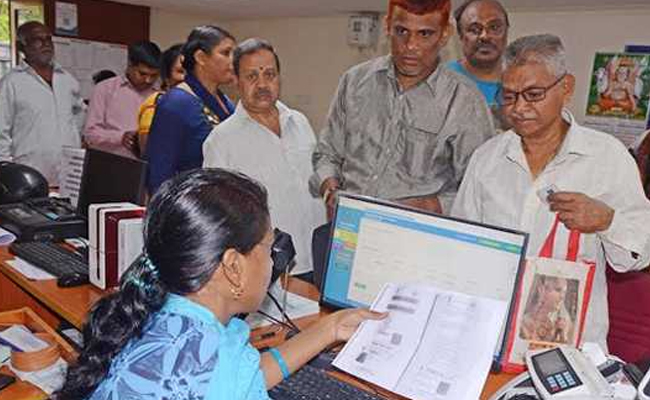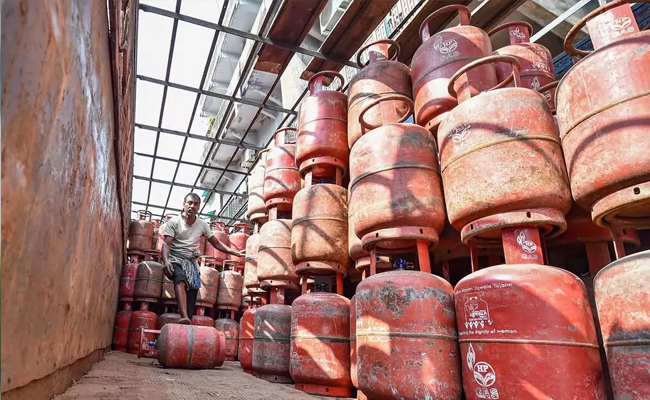Bengaluru: The Gruha Jyothi scheme launched by the Karnataka government has received an overwhelming response from citizens, with over 8.16 lakh customers registering for the scheme within just three days. The registration process for the scheme commenced on Sunday, and since then, people have shown tremendous enthusiasm to participate.
Registration for the Gruha Jyothi scheme is being facilitated through various channels, including the Sevasindhu portal of the state government, Karnataka One, Grama One, Bangalore One, and ESCOM offices. Many individuals have also taken advantage of the convenience of registering from their homes using computers and mobile phones.
The Sevasindhu portal witnessed a substantial number of customer registrations on the first two days, which further tripled on Tuesday. On Sunday, a total of 96,305 customers registered for the scheme, followed by 3,34,845 registrations on Monday. The numbers continued to surge, with 3,85,481 registrations recorded on Tuesday alone.
Under the Gruha Jyothi scheme, the Karnataka government is offering 200 free units of power to eligible customers.The scheme has attracted an impressive total of 8,16,631 customers who have registered so far, showcasing the significant demand and interest in the initiative.
Let the Truth be known. If you read VB and like VB, please be a VB Supporter and Help us deliver the Truth to one and all.
Thane (PTI): Authorities have seized illegally stored 1,839 gas cylinders and seven vehicles worth over Rs 67 lakh in the Dombivli MIDC area of Thane district, officials said on Saturday.
A special vigilance team of the Mumbai Rationing Department detected an illegal storage of domestic and commercial LPG cylinders in Phase-2 of Dombivli (East).
Cylinders belonging to multiple gas agencies were found stockpiled in closed vehicles, unauthorised warehouses, and open sheds without mandatory permissions from the Explosives Department, Fire Department, or oil companies, according to an official release.





